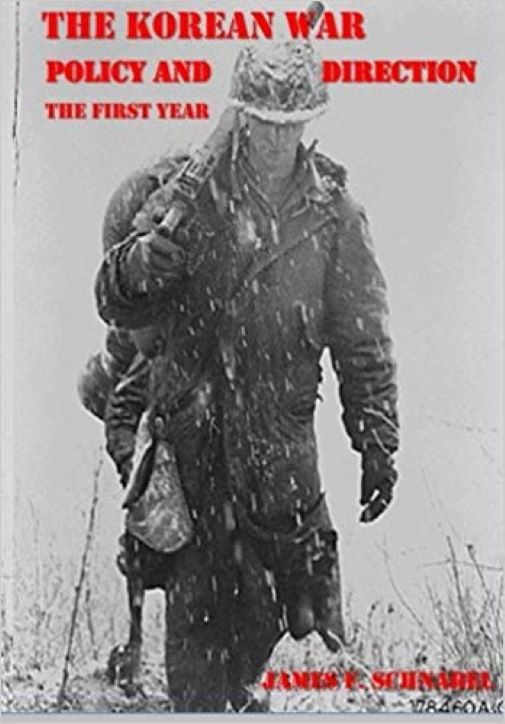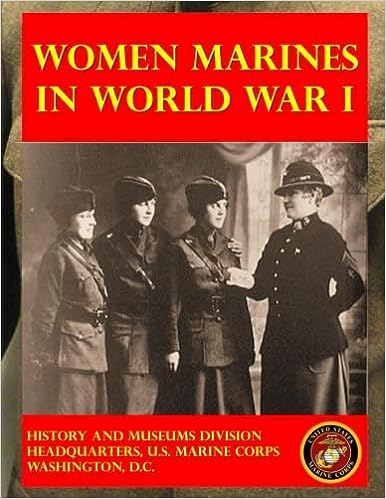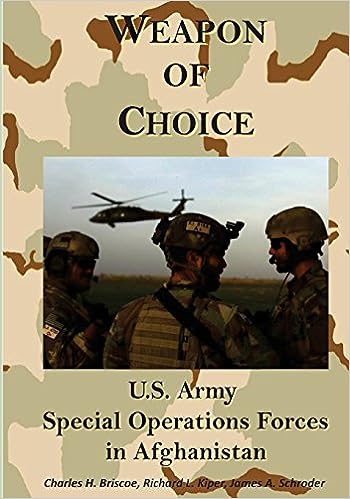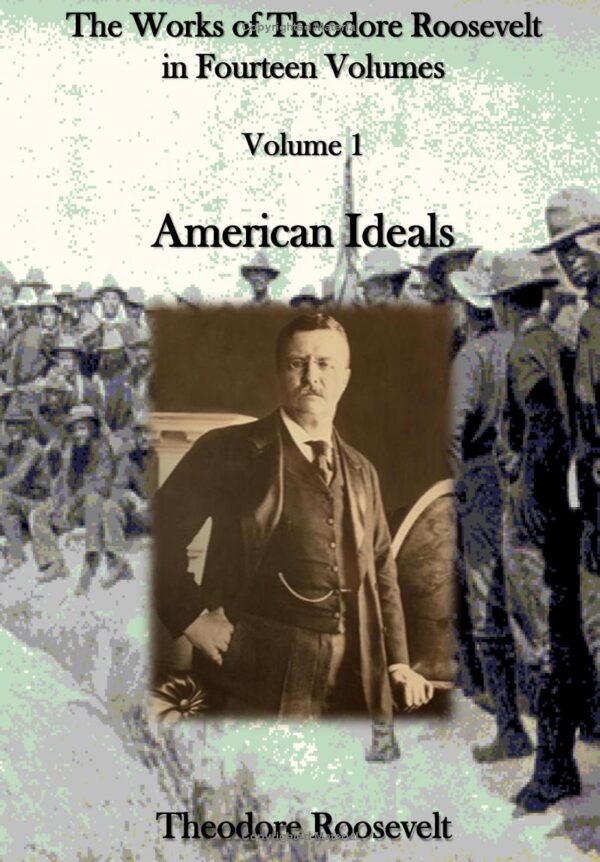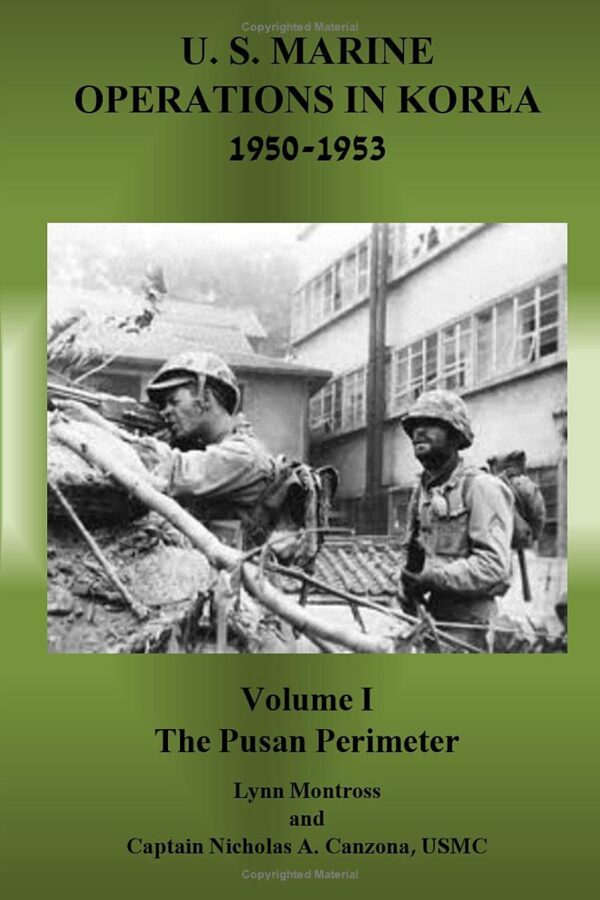This volume describes the initial direction and strategy of the first major though limited war that the United States was to _fight on the continent of Asia in the era of global tension that followed World War 11. There are marked similarities as well as some basic differences between the war in Korea and the war that would follow a decade later in Southeast Asia, and certainly the study of both is necessary to understand the limitations on armed conflict under the shadow of nuclear holocaust. One can also discern in this volume the importance of individuals in altering the course of human events and the fate of nations, the wider concerns that preclude the massing by a world power of its military strength in one direction, and many other facets of the nation’s recent military history it behooves all thoughtful Americans to ponder. This book is intended to elucidate United States policy during the Korean War and to describe the strategies and command methods by which that policy was carried out. The major decisions that determined the United States course in Korea and continued to influence the nation’s responses to Communist aggression during the two decades that followed were taken during the first twelve months of the Korean fighting. Although the war continued for another two years, no significant change was made in the policy developed between President Truman’s decision to intervene in June 1950 and the beginning of Armistice negotiations at Kaesong in July I 951. This book concentrates on that initial period. One of the unique aspects of the Korean War was the close control which Washington maintained at all times over operations in the field. Routine transactions and problems which during World War II would have been handled by a theater commander became, during Korea, matters of great concern to the nation’s highest officials in Washington. These exceptional practices were owing in large part to the scarcity of United States military resources when the war began and to the real danger that a miscalculation in Korea might result in a full-scale war with the Soviet Union and/or Communist China. The vast distance between Washington and the Far East served to hinder effective, timely communication, further complicating the problems of directing the war.
470 pages

